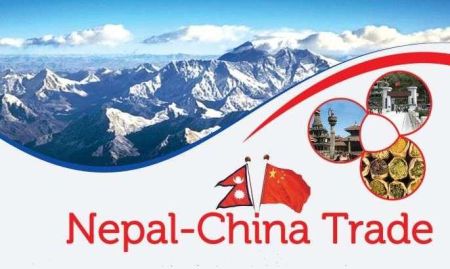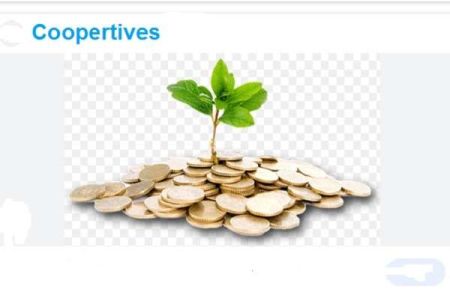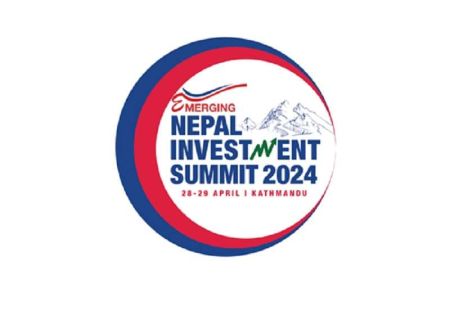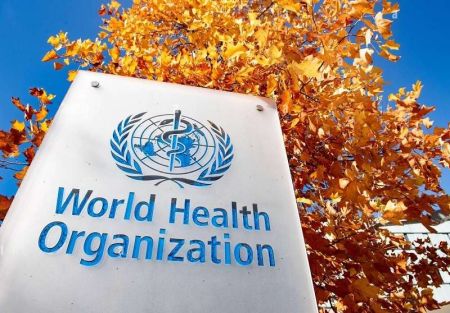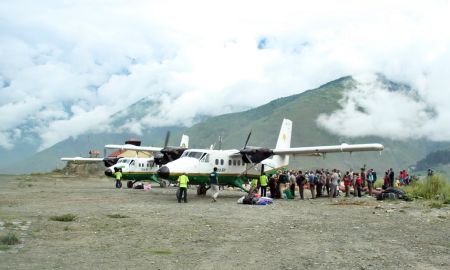Nepal Edges Up in Energy Ranking
 Nepal has marked a slight improvement in the use and development of modern energy resources, a latest report by the World Economic Forum (WEF) shows. According to the Global Energy Architecture Performance Index (EAPI) 2014, Nepal ranked 103rd out of in the index. The Geneva-based organisation in collaboration with Irish multinational firm Accenture accessed energy systems of 124 countries around the world to prepare the report.
Nepal has marked a slight improvement in the use and development of modern energy resources, a latest report by the World Economic Forum (WEF) shows. According to the Global Energy Architecture Performance Index (EAPI) 2014, Nepal ranked 103rd out of in the index. The Geneva-based organisation in collaboration with Irish multinational firm Accenture accessed energy systems of 124 countries around the world to prepare the report. Nepal received a total score of 0.42 (out of one) in the index which is measured through three sub-indices – Economic Growth and Development basket, Environmental Sustainability basket and Energy Access and Security basket. Last year Nepal with a score of 0.39 ranked 101st out of 105 countries in the index.
Neighbouring India and China were placed at 69th and 85th position, respectively. Meanwhile, Sri Lanka and Pakistan were ranked at 70th and 96th position. In the South Asia region, Nepal was only ahead of Bangladesh (114th). Nepal scored 0.31 in the Economic Growth and Development Basket which measures GDP per unit of energy use, fuel imports/exports and electricity prices for industry. According to the WEF report, Nepal’s GDP per unit of energy is priced at USD 3.66. Whereas, fuel imports of the country accounted 6 per cent of the GDP in 2013. Nepal fared particularly well in Environmental Sustainability basket with a score of 0.63. India scored 0.41 and China achieved 0.35 in the sub-index.
The subindex reveals the rising trend of the use of alternative energy sources such as the biomass in Nepal. WEF reported that the use of alternative energy in the country increased by 87 per cent in 2013 compared to last year. Meanwhile, use of alternative energy sources in India rose just by 28 per cent. Nepal’s pollution level was also seen lower as it scored 27 in PM10, country level (micrograms per cubic meter) sub-index.
In India, the PM10 level was recorded 52. Similarly, the air pollution marred China received 59 in the sub-index. In the Energy Access and Security basket, Nepal performed lower with a score of 0.33. According to the subindex, 82 per cent of the Nepalis rely on solid fuels (timber, animal dung and coal etc.) for cooking purposes. However, electrification rate in the country was recorded higher at 76 per cent. India’s electrification rate was 75 per cent in the subindex.
China’s electrification rate, meanwhile, was seen at staggering 100 per cent. The EAPI 2014 revealed the poor state of energy security and access in Nepal. It further stressed that the country need to speed up its energy development projects and deploy effective energy management policies to ramp up the efforts. The Report finds that many developing countries still struggle to supply citizens with basic energy needs, providing electricity to less than 50 per cent of their total population.
It also highlights the over-dependence of many energy systems, with 32 per cent of countries dependent on imports to meet more than half of their energy needs. Norway was the top listed country in the index followed by New Zealand, France, Sweden, Switzerland, Denmark, Colombia, Spain, Costa Rica and Latvia. The world’s industrial giants, United States and Japan were ranked 37th and 38th respectively. Cambodia (120th), Tanzania (121st), Benin (122nd), Lebanon (123rd) and Yemen (124th) were the bottom ranking countries in the index.






